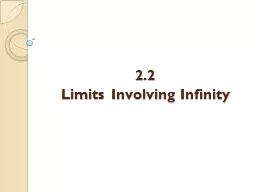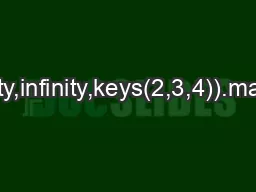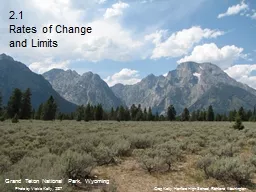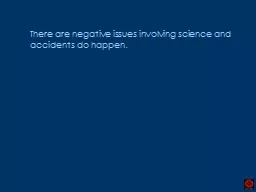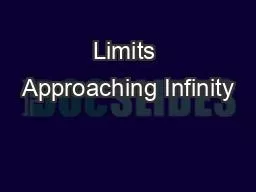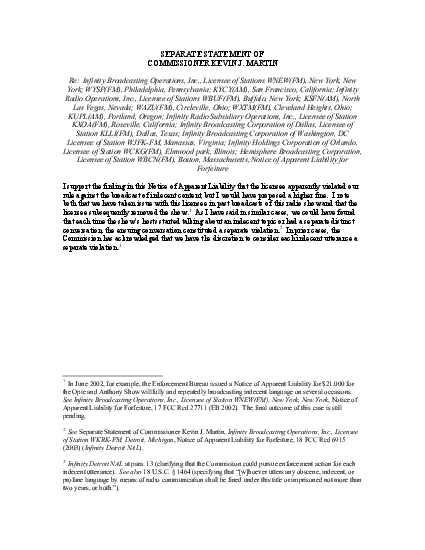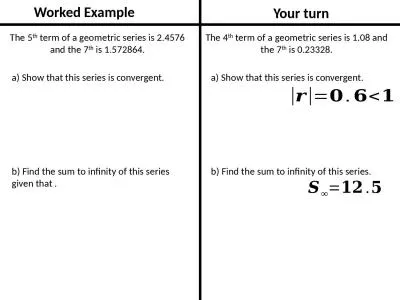PPT-Limits Involving Infinity
Author : alida-meadow | Published Date : 2018-11-02
Chapter 22 Finite Limits as The notion of infinity has long been troublesome both philosophically and mathematically The ancient Greeks essentially banished
Presentation Embed Code
Download Presentation
Download Presentation The PPT/PDF document "Limits Involving Infinity" is the property of its rightful owner. Permission is granted to download and print the materials on this website for personal, non-commercial use only, and to display it on your personal computer provided you do not modify the materials and that you retain all copyright notices contained in the materials. By downloading content from our website, you accept the terms of this agreement.
Limits Involving Infinity: Transcript
Download Rules Of Document
"Limits Involving Infinity"The content belongs to its owner. You may download and print it for personal use, without modification, and keep all copyright notices. By downloading, you agree to these terms.
Related Documents


